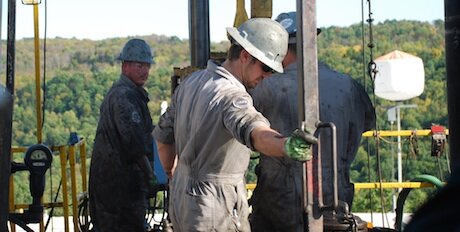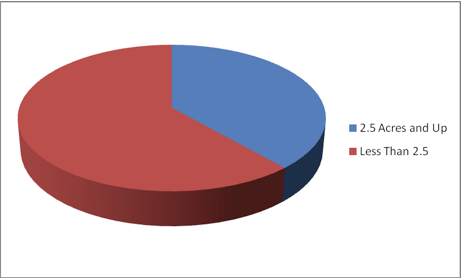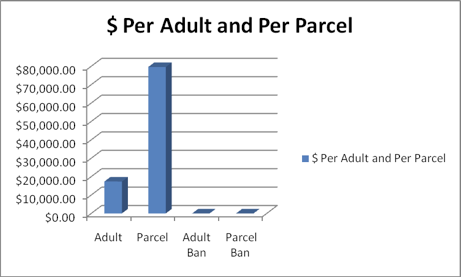What is Heavy Industry Legally?

The image above was taken by DSEC in the northern tier of Pennsylvania in 2011. The image shows a pad after drilling is complete (usually in a few weeks to a month or two) and after the drilling rig is removed. The wire around the enclosure is necessary to keep out people who would damage the installation.
The Town of Dryden based its new “zoning” ban on energy development on a claim that it was a regulation of “heavy industry,” which the Town Supervisor claims has never been permitted in Dryden. So just what is “heavy industry”? New York State has no statutory or even court definition of “heavy industry.” No state, except Delaware, has a state statute defining it. No court in New York State, federal or state, has defined the term.
Delaware’s statute, 7 Del. C. § 7002 (2011), § 7002. Definitions,reads: “(e) "Heavy industry use" means a use characteristically involving more than 20 acres, and characteristically employing some but not necessarily all of such equipment such as, but not limited to, smokestacks, tanks, distillation or reaction columns, chemical processing equipment, scrubbing towers, pickling equipment and waste-treatment lagoons; which industry, although conceivably operable without polluting the environment, has the potential to pollute when equipment malfunctions or human error occurs. Examples of heavy industry are oil refineries, basic steel manufacturing plants, basic cellulosic pulp-paper mills, and chemical plants such as petrochemical complexes. An incinerator structure or facility which, including the incinerator, contains 5,000 square feet or more, whether public or private, is "heavy industry" for purpose of this chapter. Generic examples of uses not included in the definition of "heavy industry" are such uses as garment factories, automobile assembly plants and jewelry and leather goods manufacturing establishments, and on-shore facilities, less than 20 acres in size, consisting of warehouses, equipment repair and maintenance structures, open storage areas, office and communications buildings, helipads, parking space and other service or supply structures required for the transfer of materials and workers in support of off-shore research, exploration and development operations; provided, however, that on-shore facilities shall not include tank farms or storage tanks.”
- Log in to post comments





